A central vacuum cleaner is a particular appliance put into a structure as a temporary fixture. It is sometimes referred to as built-in or ducted. To remove dirt and trash from houses and buildings, central vacuum systems use pipes installed inside the walls to transport dirt particles to a collection container in a distant utility space. The collection container and power unit are typically put in a basement, garage, or storage area as permanent fixtures. Read More…
As a leader in the vacuum cleaner manufacturing industry, Multi-Vac offers vacuums for a variety of applications. Products include central industrial vacuums, portable vacuum cleaners and more.
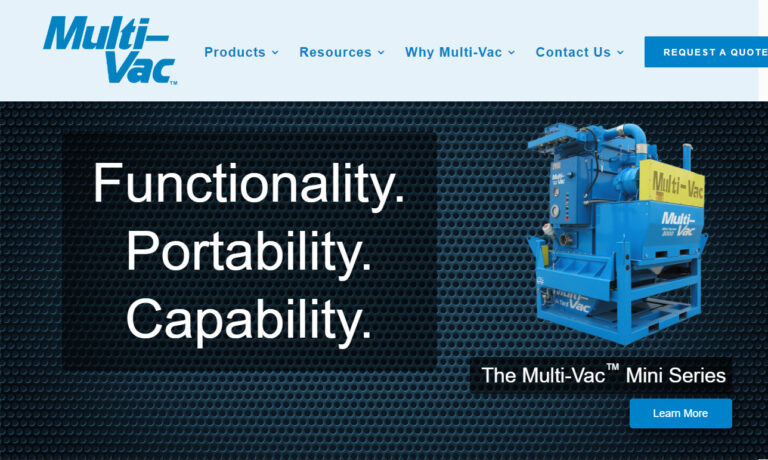
Delfin Industrial Vacuums is an innovative leader in the vacuum cleaners industry. We focus on continually improving our products and our services, so you are only ever getting the best from us. Our team is dedicated to finding the right industrial vacuum system for your company’s specific needs. Delfin is an ISO 9001 certified company. We offer our customers unrivaled customer service and...

We aim to achieve measurable cost savings for you while producing a cleaner and safer work environment in your workplace. We meet your needs for cleaning or maintaining, recycling, non-destructively excavating, or improving air quality.
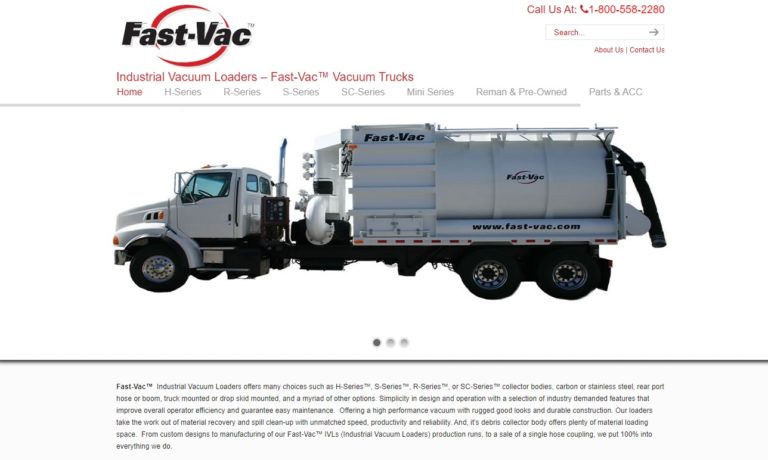
At Mark C. Pope Associates, we take pride in offering advanced vacuum cleaning solutions tailored to meet the rigorous demands of industrial and commercial environments. With decades of experience in the field, we have built a reputation for delivering high-performance vacuum systems that stand up to heavy-duty use while ensuring efficiency, safety, and cleanliness in every application.

More Central Vacuum Manufacturers
Inlets are put in the walls of the entire structure to remove dust, particles, and other small debris from interior rooms. They can be connected to power hoses and other central vacuum accessories. A power switch is typically found on the handle of the power hoses.

Central vacuum systems are highly practical. Contrary to typical vacuums, which have all their parts in a single, portable package, central vacuums include multiple parts. It is a fixture that is installed inside the house on a semi-permanent basis. Like any other vacuum, it is used to collect dirt in the home, but there are unquestionably some important differences.

Central Vacuum Working Principle
A central vacuum houses its power unit and dirt collection container in the same location. Many individuals decide to place this power unit and dust collector in the garage, basement, or another easily accessible area of the house rather than in a room with heavy foot traffic like the living room. Then, several tubes or ducts that travel to different rooms in the house are connected to this power unit and dust collection center.
When needed, a vacuum hose can be connected to wall outlets throughout the house. Most hoses will be long to guarantee maximum reach and variety throughout the house. When the vacuum hose is attached, the power unit creates suction throughout the ducts, which then causes suction. The dirt is sucked in and transferred to the previously specified dust collection place.
Considerations with Central Vacuums
Before installing a central vacuum system in a home, these considerations should be considered because they will ultimately impact the central vacuum system's effectiveness.
Vacuum System Power – First, one must consider how powerful the power and suction system is in proportion to the size of one's home, the quantity of piping used, and the number of bends in the pipes or tubes. More plumbing is needed to reach every corner of a larger home, and the more bends there are in the pipe, the more powerful the vacuum will need to be. As a result, it won't be able to pick up nearly as much dirt and won't clean as well if a strong enough suction unit is obtained.
Type of Central Vacuum – There are several central vacuum system types, particularly in how well they collect dirt and dust. When venting particles outside the house is not an option, central vacuums have bags for collecting dust. The inverted filter model requires emptying every six months. One cyclonic filter vents tiny particles outside the house and contains a filter chamber that needs to be cleaned every few months. The alternative type is the all-cyclonic variant, which has no filter and vents dust outside while keeping larger particles in the canister.
Vacuum Hose Outlets – Think about how many outlets are needed for the vacuum hose. Generally speaking, one should have one hose outlet, if not a little more, for every 1,000 square feet of area in the house.
Vacuum System Installation – Central vacuum system installation is significantly simpler when a house is being built or renovated. It is challenging to tear down walls to install tubes because the tubing goes throughout the house. If the house is not already in construction, installing one of these systems will cost much more.
Blockages in Vacuum Systems – Finally, in contrast to a typical vacuum, sucking up larger objects and blocking the tubes can be a major problem. Unclogging a typical vacuum is not too difficult, but obstructions inside the tubes in walls may cause significant issues.

Advantages and Disadvantages of Central Vacuum Systems
Advantages of Central Vacuum Systems
- They are less noisy than standard vacuums.
- Since one only needs to handle a hose, they are simpler.
- They raise a house's total worth.
- For central vacuum systems, there are more attachments available than for ordinary vacuums.
- There is no need for a power cord.
- Compared to conventional vacuums, a lot less canister or bag emptying is required.
- Typically, they are stronger and more effective than regular vacuums.
- They frequently have HEPA filters to improve the quality of the air indoors, and they are significantly more durable than standard vacuums.
Disadvantages of Central Vacuum Systems
- Typically, they cost at least twice as much as a standard vacuum, if not more.
- They necessitate complex construction to install tubes and ducts.
- Specialists are needed to solve problems if there is a blockage in the tubes inside the walls, which can be difficult and expensive.
Choosing the Correct Central Vacuum System Company
To make sure you have the most productive outcome when purchasing a central vacuum system from a central vacuum system company, it is important to compare at least 4 companies using our central vacuum system directory. Each central vacuum system company has a business profile page that highlights their areas of experience and capabilities and a contact form to directly communicate with the company for more information or request a quote. Review each central vacuum system company website using our patented website previewer to get an idea of what each company specializes in, and then use our simple RFQ form to contact multiple central vacuum system companies with the same quote.

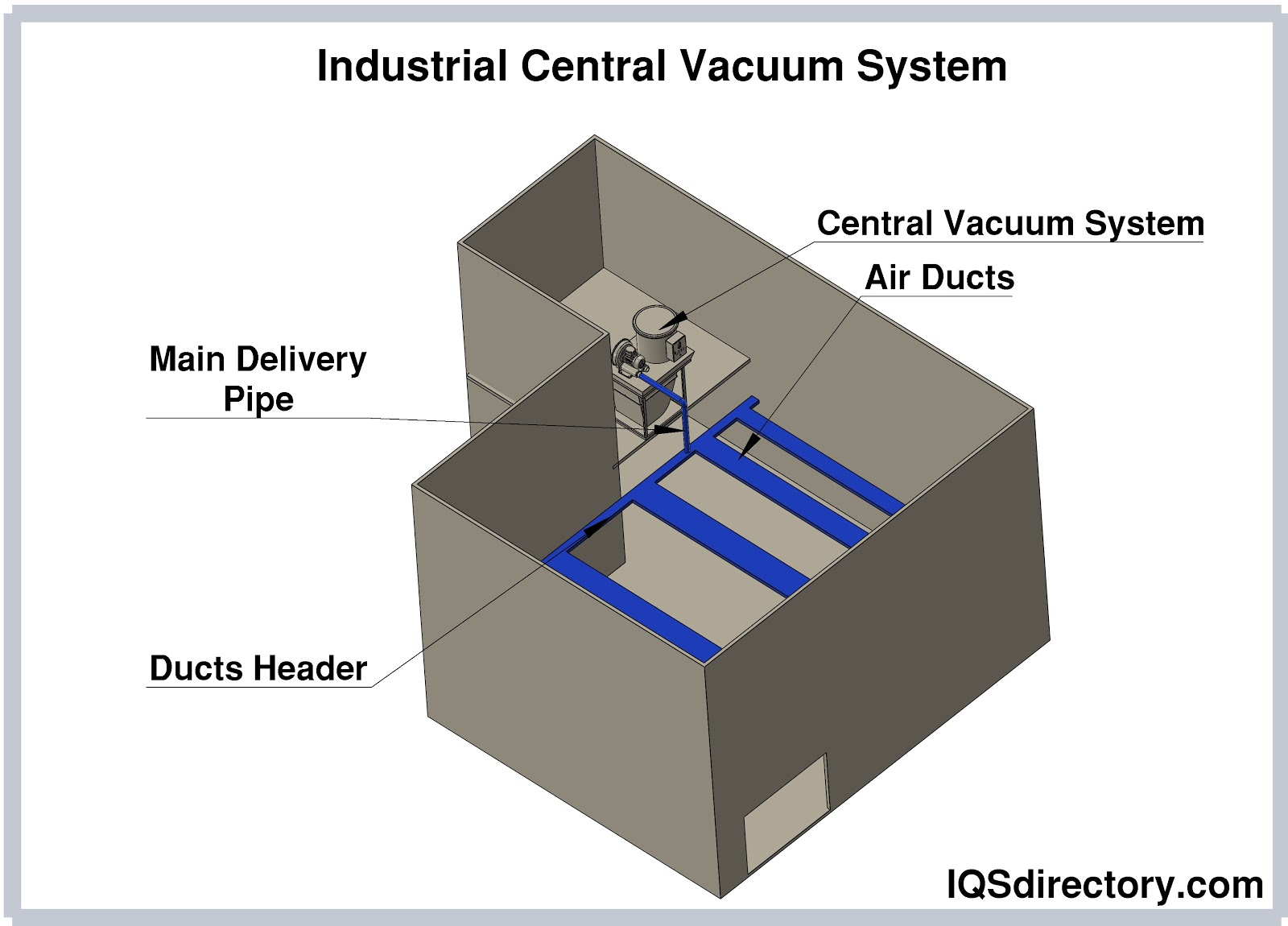
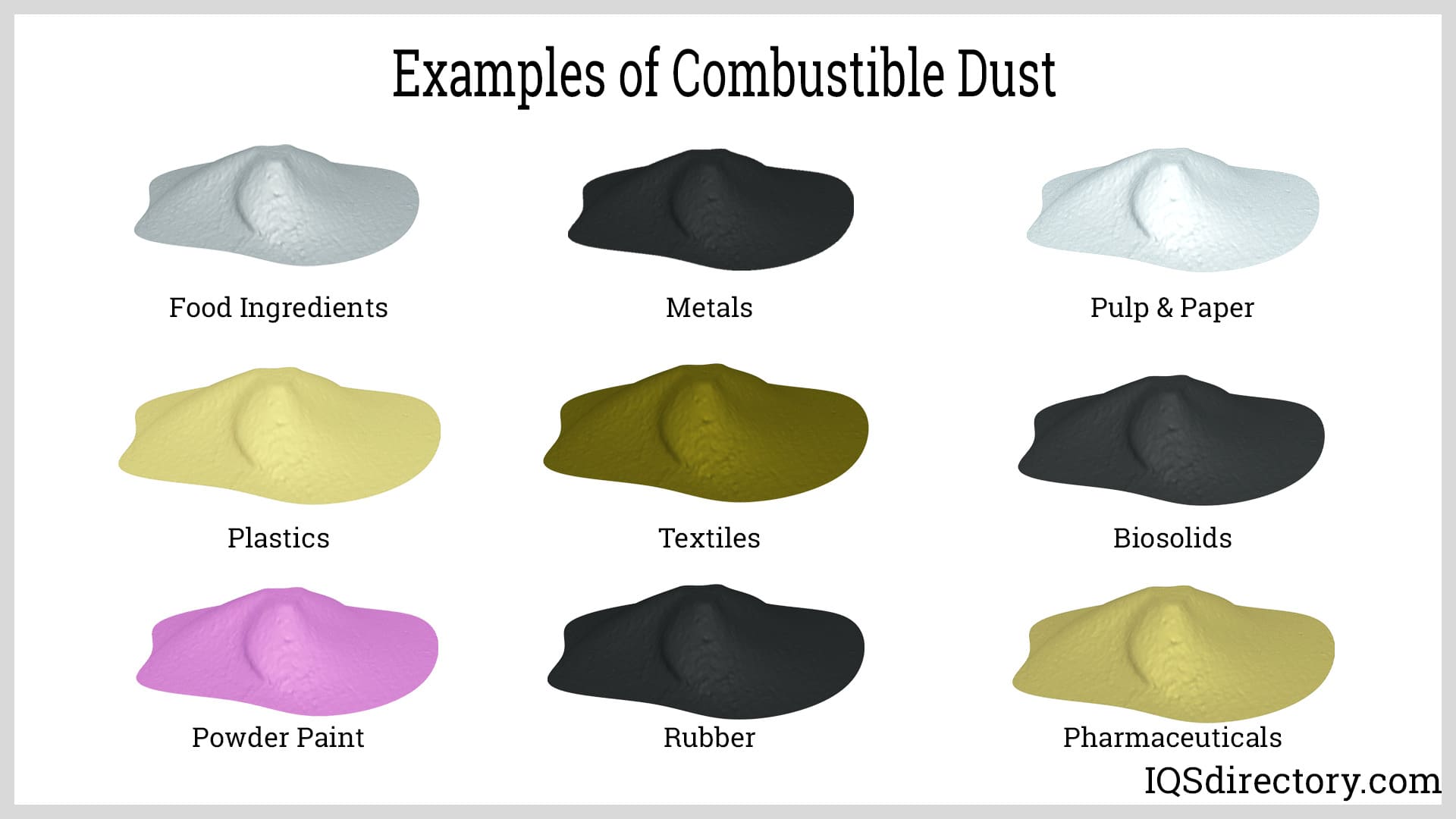
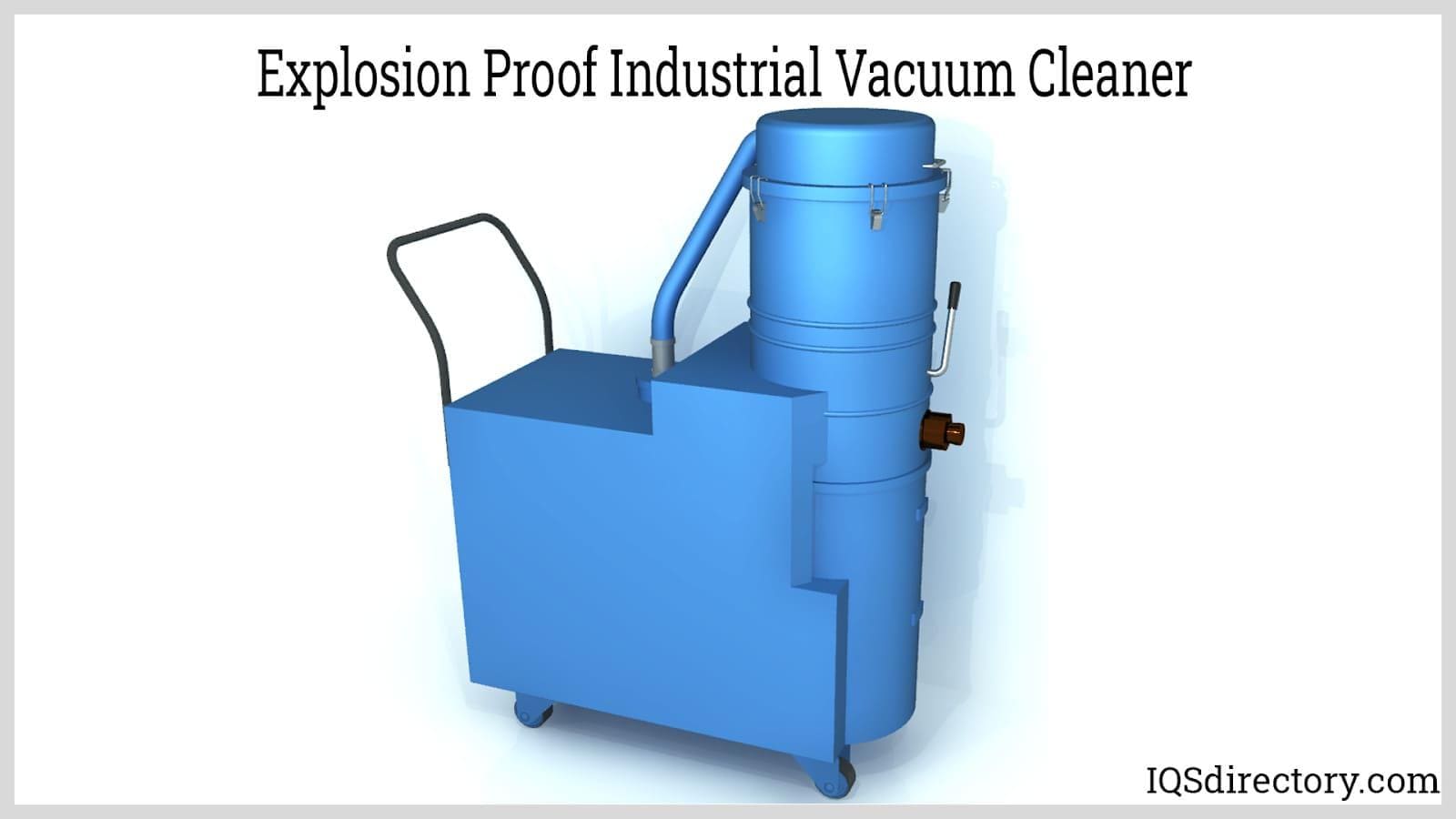
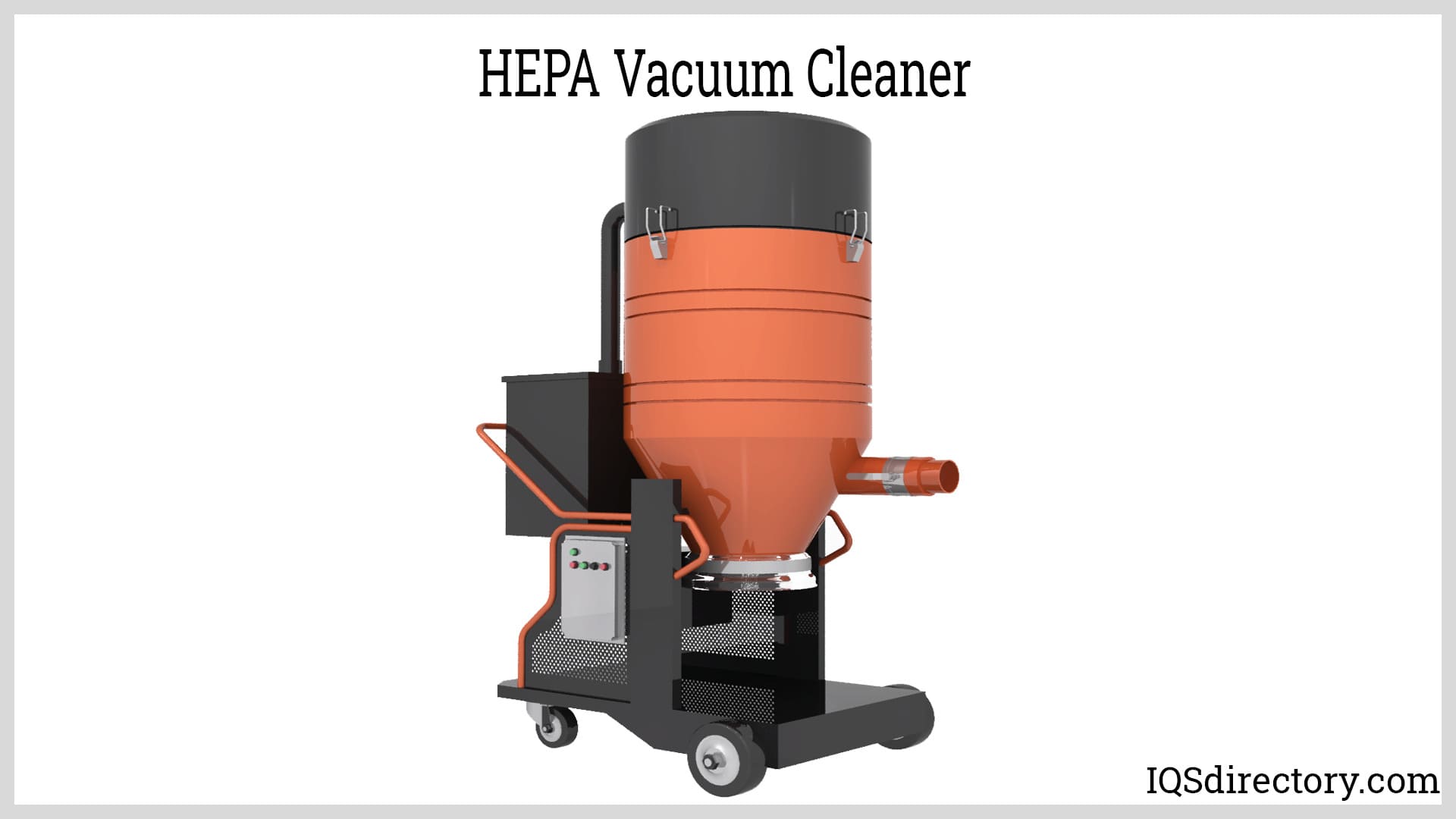
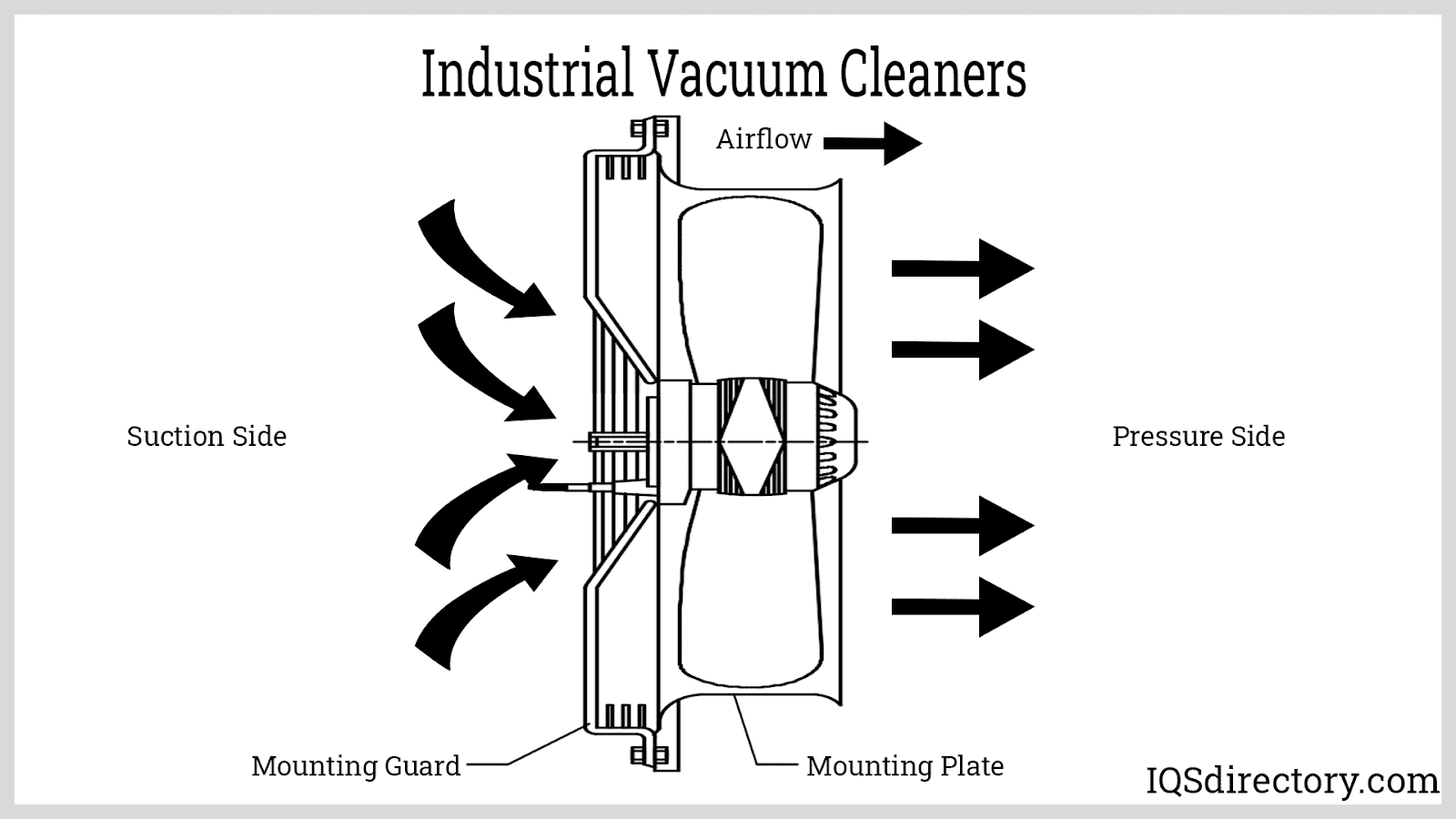
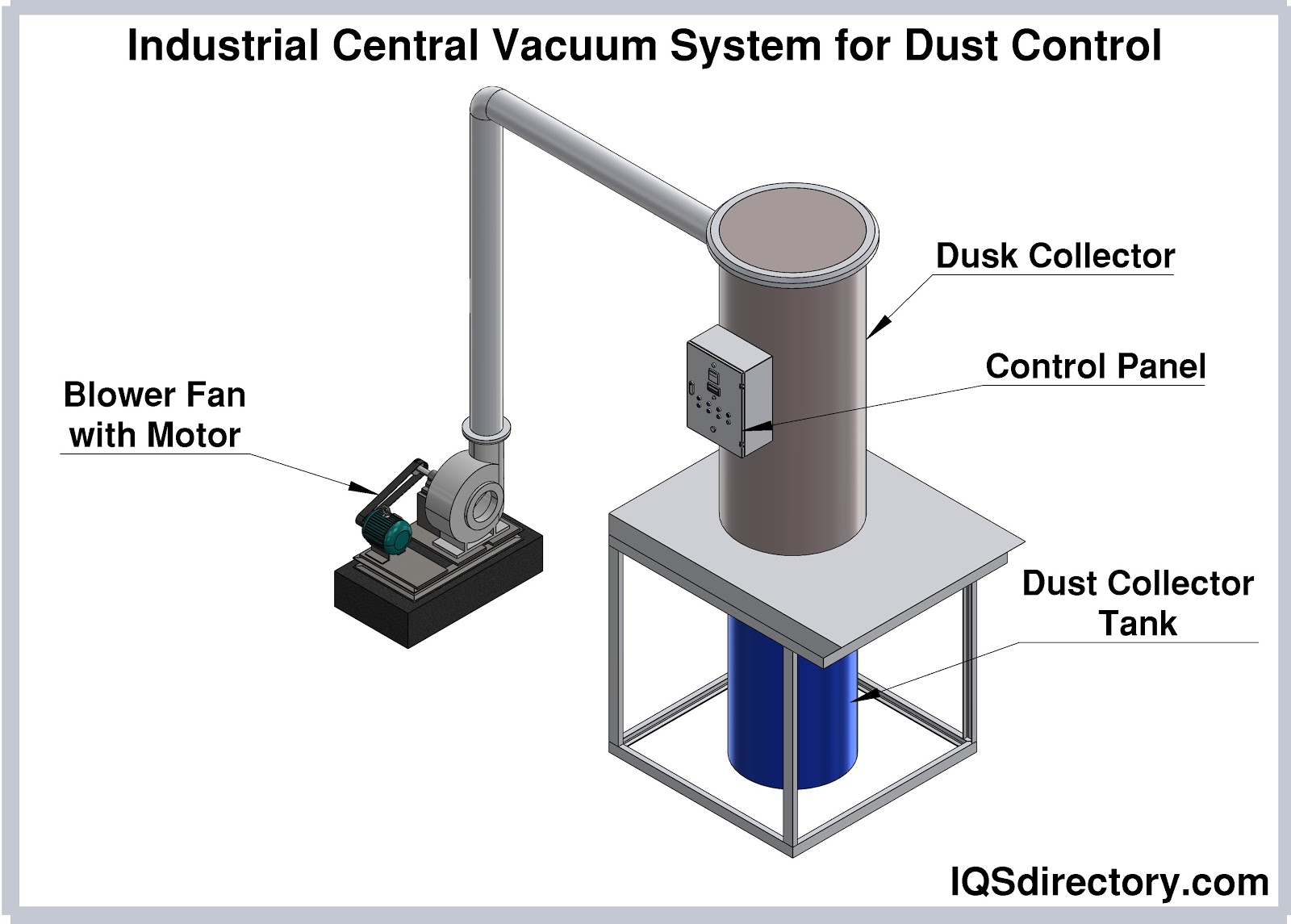
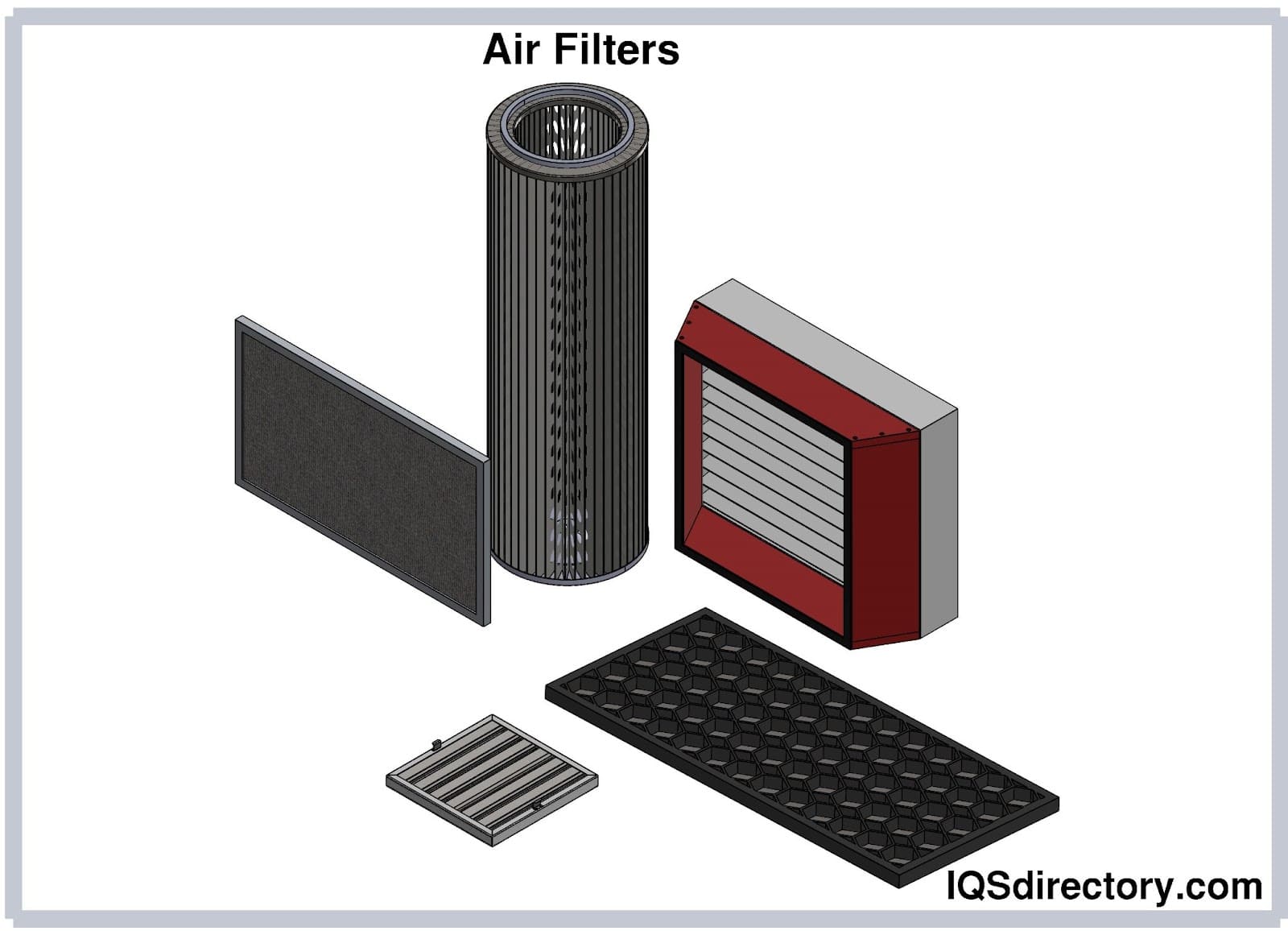
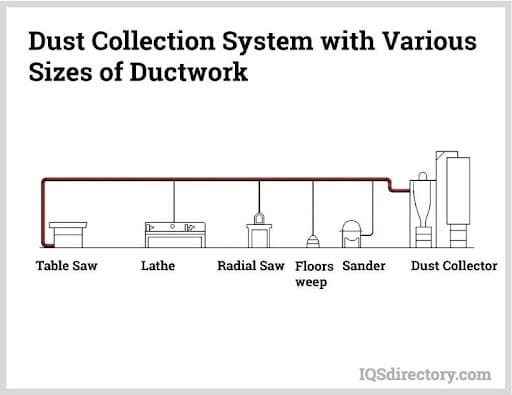
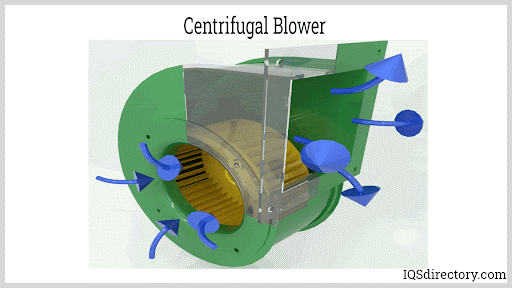
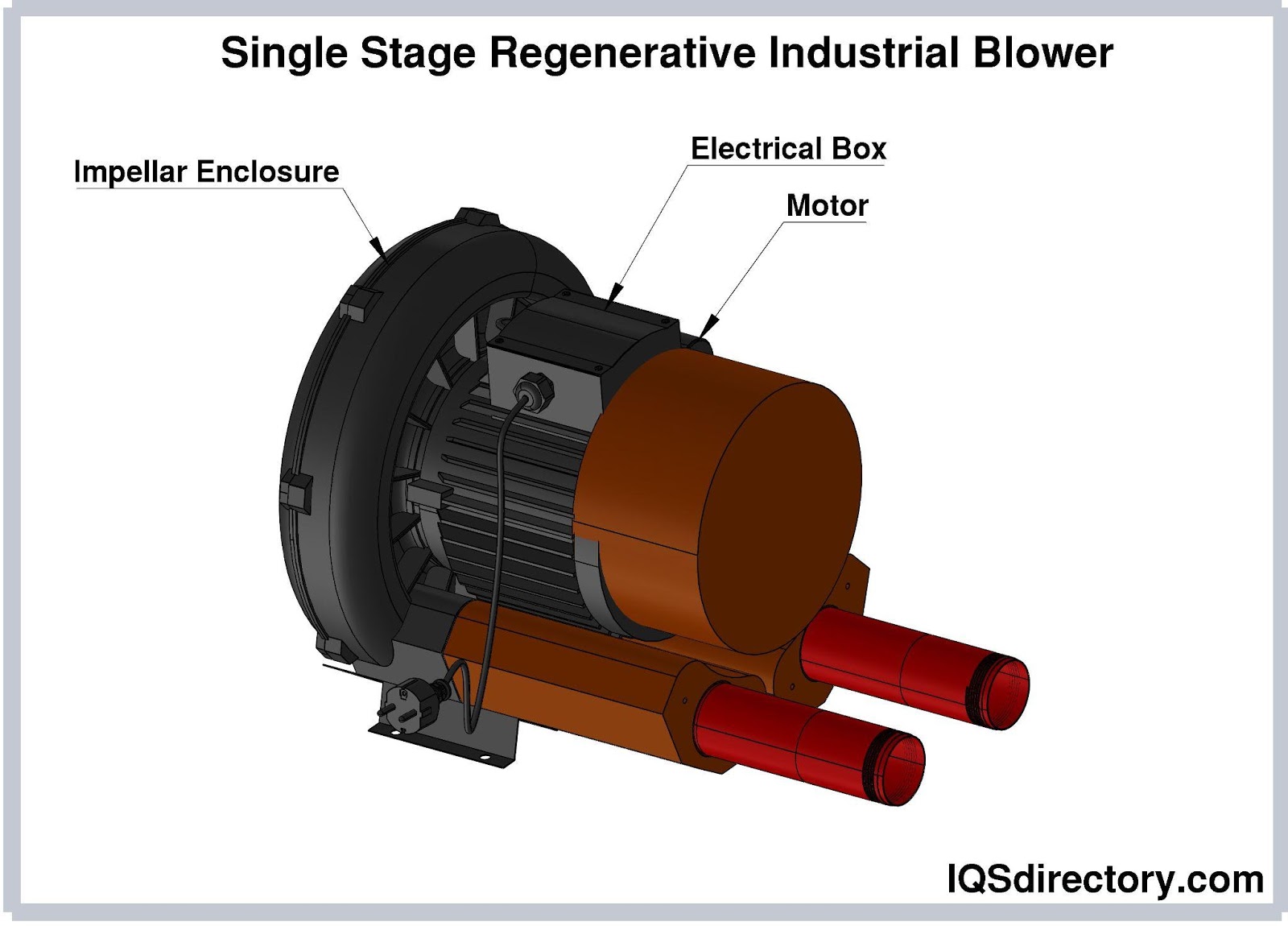
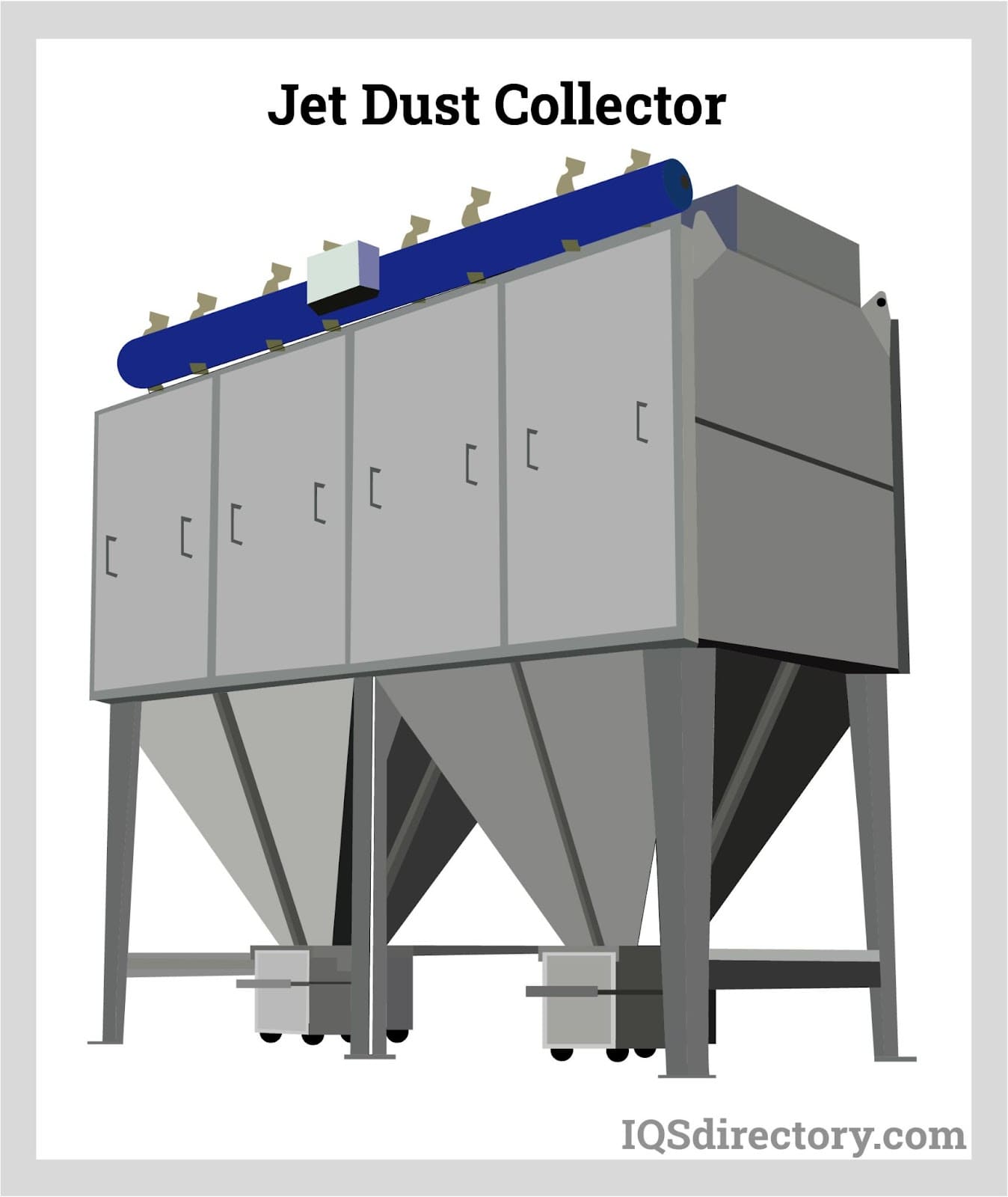
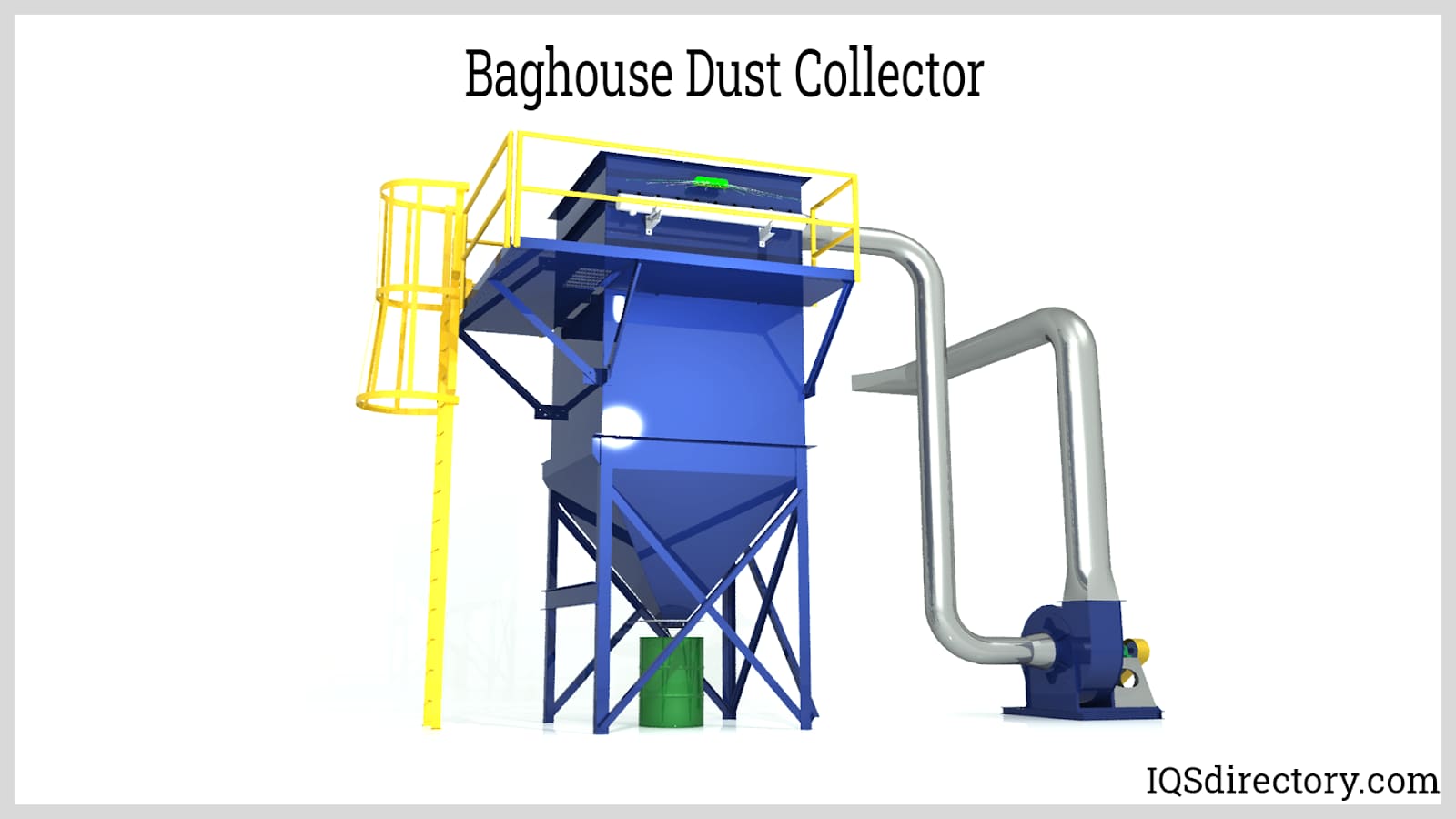
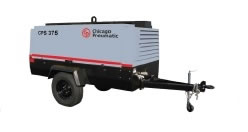 Air Compressors
Air Compressors 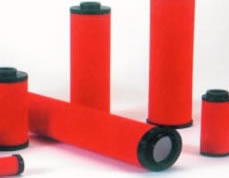 Air Filters
Air Filters Air Pollution Control
Air Pollution Control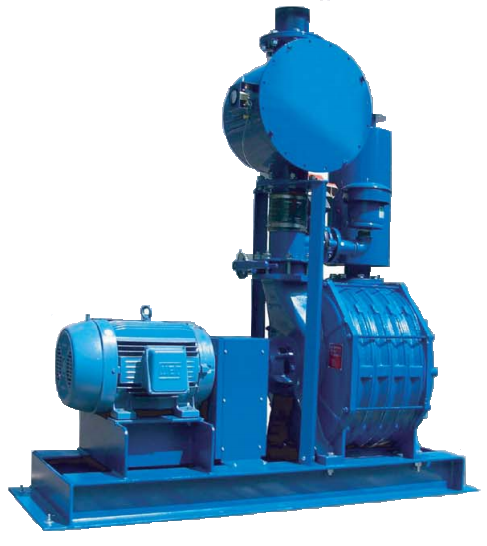 Blowers
Blowers Dust Collectors
Dust Collectors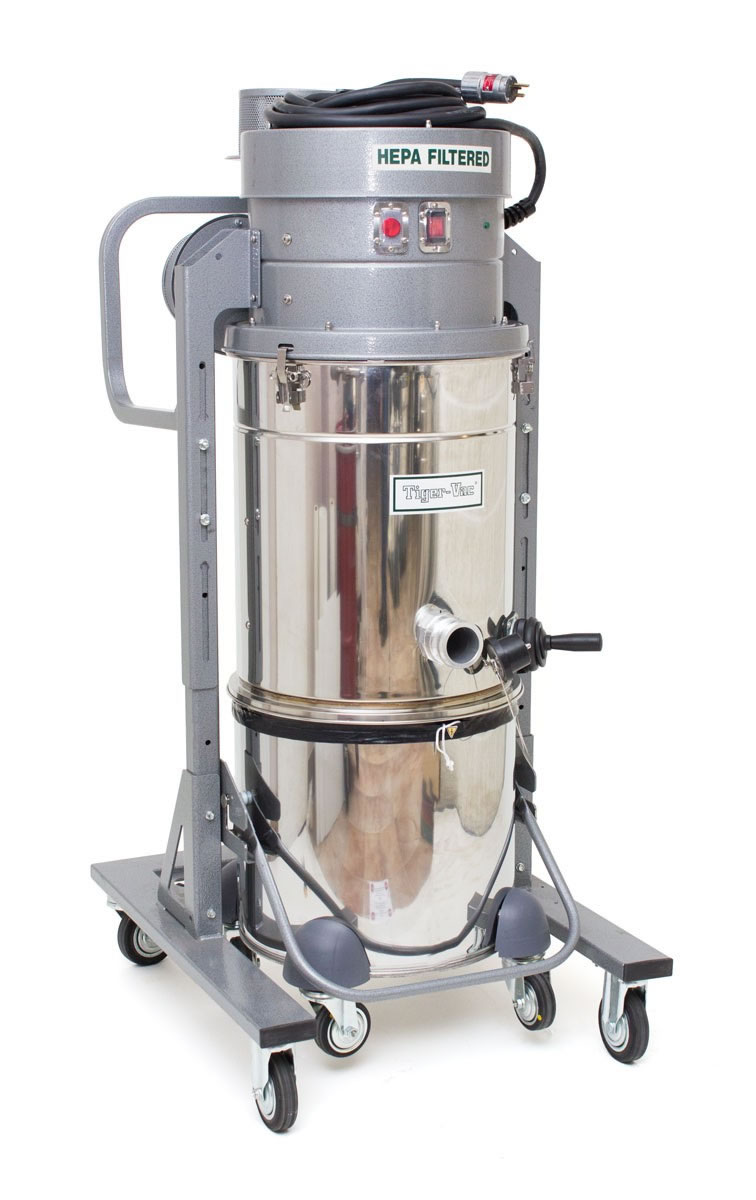 Industrial Vacuum Cleaning Equipment
Industrial Vacuum Cleaning Equipment Castings & Forgings
Castings & Forgings Bulk Material Handling
Bulk Material Handling Electrical & Electronic Components
Electrical & Electronic Components Flow Instrumentation
Flow Instrumentation Hardware
Hardware Material Handling Equipment
Material Handling Equipment Metal Cutting Services
Metal Cutting Services Metal Forming Services
Metal Forming Services Metal Suppliers
Metal Suppliers Motion Control Products
Motion Control Products Plant & Facility Equipment
Plant & Facility Equipment Plant & Facility Supplies
Plant & Facility Supplies Plastic Molding Processes
Plastic Molding Processes Pumps & Valves
Pumps & Valves Recycling Equipment
Recycling Equipment Rubber Products & Services
Rubber Products & Services